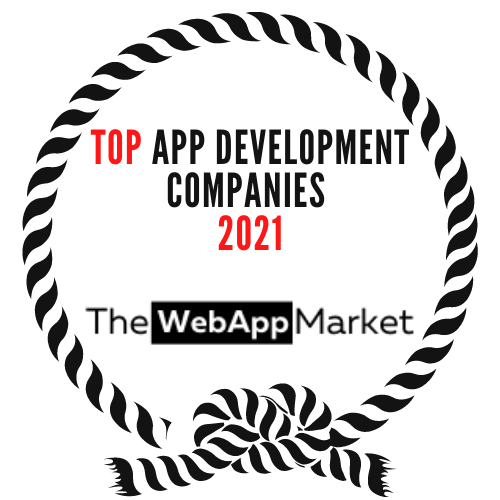Robotic Process Automation (RPA)
Robotic process automation (RPA) is a software technology that enables the building, deployment, and management of software robots that mimic human actions while interacting with digital systems and software. These software robots can perform tasks such as screen recognition, keystroke completion, system navigation, data identification and extraction, and other pre-defined actions. Unlike humans, software robots can accomplish these tasks faster and more consistently, without the need for breaks or pauses.
The Latest Tech
Team4solutions are always updated with the latest technology and trends to deliver result-oriented solutions. Applications integrated with the latest technology such as artificial intelligence and blockchain ensure high security.
Blockchain technology is a well-known term in today's world and is used for different business applications apart from financial transactions. Blockchain ensures transparency by improving the security and speed of information exchange.
In simple words, augmented reality is the integration of digital data on top of real-world objects. Still being in the development state, augmented reality is bringing use innovation in the mobile app technology landscape.
Artificial intelligence improves user engagement and generates insights into customer behavior in the application. To enhance the user experience, it offers the exact information the user is looking for.
The IoT applications enable control of the products that are integrated with IoT sensors. The products can be monitored through custom mobile applications designed especially for those products.
Cloud computing is an internet-based development technology that is brought use innovation in the deployment and development of IT services. Through cloud computing, all the details of the IT infrastructure, control, and management are abstracted from the user.
Fintech application development is bringing waves of innovation in the financial industry. Born from the merging of technology and finance, fintech is now one of the most grown sectors in the world.
Capabilities of Robotic Process Automation
RPA is a valuable technology for businesses with many capabilities. Some of its key capabilities include automating repetitive and rule-based tasks, reducing errors and increasing accuracy, improving efficiency and productivity, and enabling employees to focus on more strategic and complex tasks. Additionally, RPA can work 24/7 without getting tired, and it can integrate with multiple systems and applications, making it a flexible and versatile technology. Overall, RPA has the potential to transform the way businesses operate by streamlining processes, reducing costs, and improving overall performance.
What are the business benefits of RPA?
Robotic process automation simplifies workflows, increasing profitability and productivity while reducing employee burnout.RPA is noninvasive and can be rapidly implemented to accelerate digital transformation. Ideal for automating workflows with legacy systems, no APIs, VDIs, or database access.
Tell Us About Your Project
Our motive is to provide you with satisfying services, in order to meet this objective, we offer you an opportunity to hire developers on a part time, hourly, and full time basis. As per your requirement hire industry experts from us as per your convenience.
what People Says about us Reviews From Our Clients
We gelled with the mightiest. Worked with the finest and made the most demanding, smile. Here are some of the clients who relied on us and we delivered to them on time every time
Leverage Our Efficiency
Ten years in mobile app development have allowed us to craft a development process that ensures high productivity and efficiency.
Ready Design
Ready Design



















